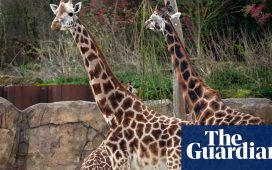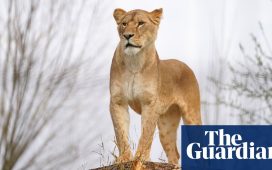An animal that has thrived without males for millions of years will be a source of inspiration to many.
It will not surprise you to learn that the all-female common rotifer (Philodina roseola) is also as tough as a tardigrade and one of the most resilient life forms on the planet. This tiny animal, just 0.2mm in size, is also a fantastic cleaner.
There are more than 450 described species of bdelloid rotifer, including the common rotifer, and their greatest superpower is their supreme resilience. Like tardigrades, they can withstand extreme heat and cold by going into dormancy, contracting into an inert “tun”. In this state, a common rotifer can survive desiccation or being zapped with radiation, and can sit out unfavourable conditions for decades.
Researchers recently dug up a rotifer relative from the Alazeya River in Siberia where it had been frozen for 24,000 years. Remarkably, once thawed, it returned to life and was able to reproduce.
The common rotifer produces clones by parthenogenesis, whereby females produce an embryo without needing to fertilise an egg with sperm from a male.
Rotifer means “wheel-bearer” and the common rotifer propels itself around using tiny hairs called cilia that draw water and food towards it in a circular motion.
It is a detritivore, eating detritus in the water, playing its part in the decomposition of organic matter and helping to maintain balance in aquatic ecosystems and remove pollution from bodies of water. Despite being so small, they are also an important source of food for young fish and other small animals.
The Canadian limnologist, science fiction writer and Guardian reader Nina Munteanu makes a brilliant case for the common rotifer in her nomination for invertebrate of the year 2025.
“Highly variable environments tend to support organisms uniquely equipped for change,” she says. “These are the explorers, misfits, and revolutionaries who do their work to usher in a new paradigm. They carry change inside them, through phenotypic plasticity, physiological stress response mechanisms, or life history adaptations.”
after newsletter promotion
We think of such animals as strange, but they actually reveal how curious our own lifestyles are, and help us question the status quo. Surely the rotifer revolution deserves your vote?
-
Between 24 March and 2 April, we will be profiling a shortlist of 10 of the invertebrates chosen by readers and selected by our wildlife writers from more than 2,500 nominations. The voting for our 2025 invertebrate of the year will run from midday on Wednesday 2 April until midday on Friday 4 April, and the winner will be announced on Monday 7 April.














